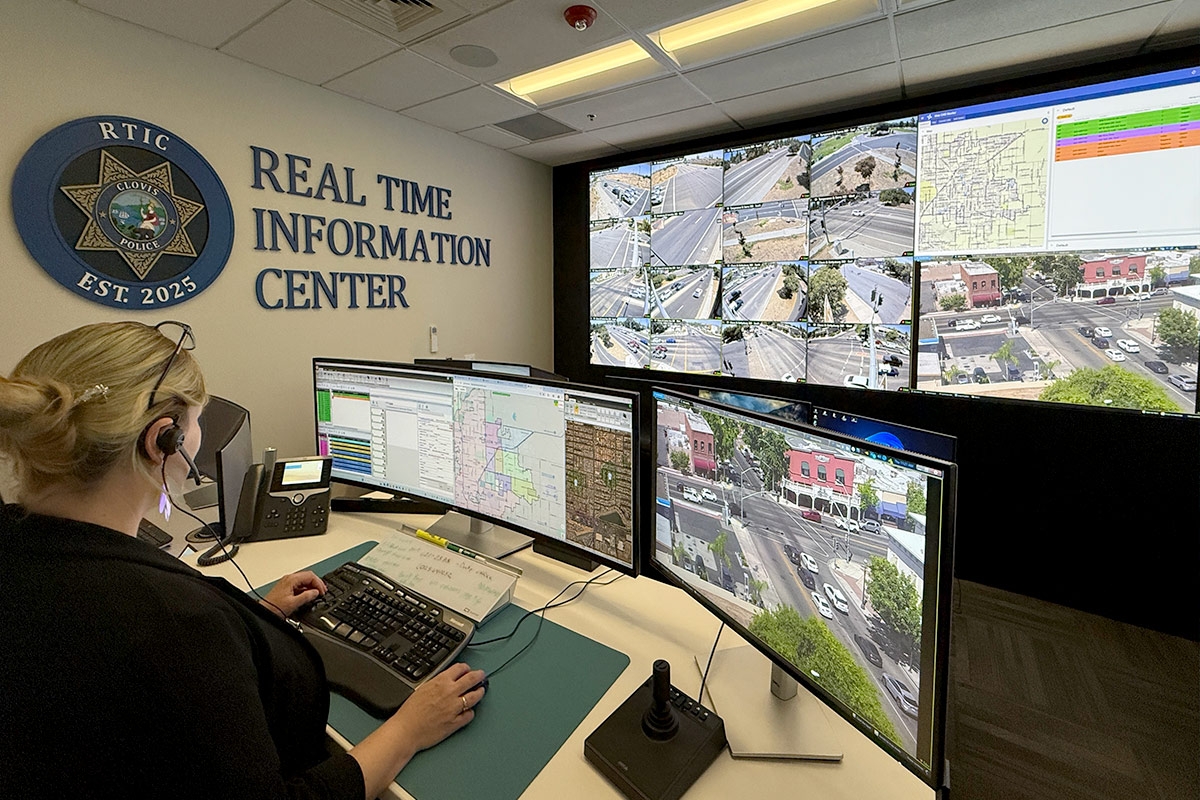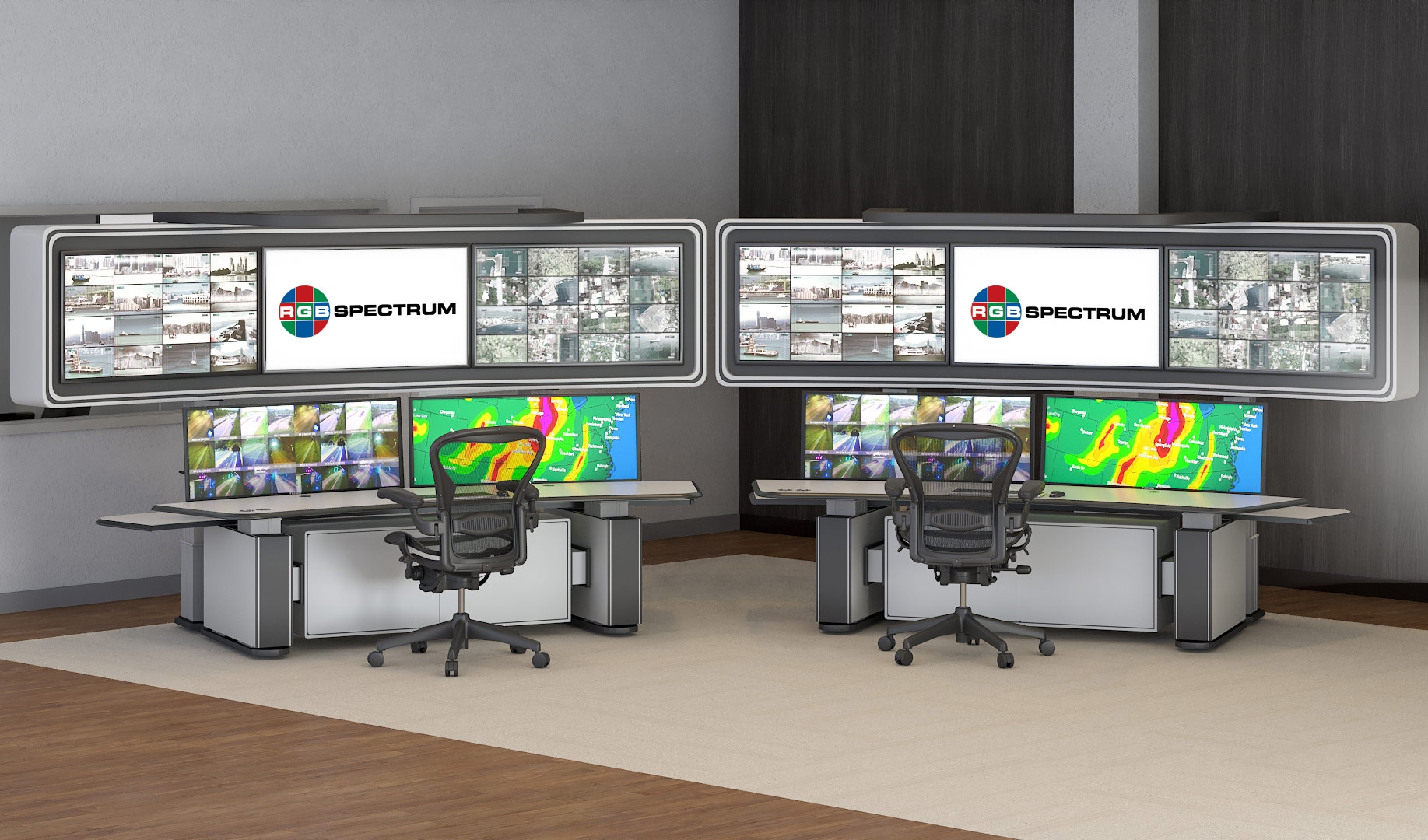Exploring the Future: Trends and Innovations in Video Wall Processor Technology
Video wall technology has come a long way in recent years, transforming how we perceive and interact with visual information. As advancements continue to reshape the industry, video wall processors have become more powerful, efficient, and versatile than ever before. Let’s look at current trends and future innovations in video wall processor technology, providing a glimpse into the exciting possibilities.
Miniaturization and Increased Processing Power
One notable trend in video wall processor technology is the continuous miniaturization of hardware without compromising processing power. As processors become smaller and more energy-efficient, they can be integrated directly into displays or housed in compact external units. This advancement allows for sleeker, more streamlined video wall installations, making them suitable for a wider range of environments.
The increased processing power enables video wall processors to handle more data and support higher resolutions. With 4K and even 8K displays becoming more prevalent, video wall processors must keep up with the demand for crisp, high-definition visuals.
Modular Designs for Scalability and Flexibility
Modularity has emerged as a key feature in video wall processor designs, providing users with greater scalability and flexibility. Modular processors allow for the easy addition or removal of video wall units, making it simple to expand or reconfigure the display. This flexibility is particularly valuable in dynamic environments such as control rooms, command centers, and corporate spaces.
Modular designs also facilitate maintenance and troubleshooting. In the event of a hardware issue, individual modules can be replaced without affecting the entire video wall, reducing downtime and minimizing disruption.
AI-Assisted Content Management and Automation
Artificial Intelligence (AI) has made significant strides in various industries, and video wall technology is no exception. Video wall processors can now leverage AI algorithms to automate content management and enhance user experience. AI algorithms can analyze real-time data and automatically adjust the content displayed on the video wall based on predefined rules or user preferences.
For example, in control rooms, AI algorithms can assist operators by highlighting relevant information, detecting anomalies, and alerting them to potential issues.
Emerging Display Technologies
Video wall technology is closely intertwined with display technologies, and advancements in this area are shaping the future of video wall processors. One such innovation is the development of micro-LED displays. These displays offer superior image quality, high brightness levels, and excellent color reproduction. With the ability to deliver deep blacks and vibrant colors, micro-LED displays have the potential to revolutionize video wall installations, offering unparalleled visual experiences.
Advancements in transparent OLED (Organic Light-Emitting Diode) displays open new possibilities for integrating video walls into architectural elements, store windows, or museum exhibits. Transparent OLED displays provide a unique combination of vibrant visuals and see-through capabilities, allowing for stunning visual displays seamlessly blending with the surrounding environment.
The future of video wall processor technology is full of exciting possibilities. The miniaturization of processors, modular designs, AI-assisted content management, and emerging display technologies are just a few trends shaping the industry. As these innovations evolve, video walls will become more immersive, efficient, and seamlessly integrated into our daily lives.
From control rooms to retail spaces, video walls transform how we interact with information, create memorable experiences, and communicate visually. Whether it's the scalability and flexibility of modular designs or the powerful automation enabled by AI, video wall processors are poised to revolutionize how we engage with visual content in the future. Brace yourselves for a future where the boundaries of display technology are pushed even further, delivering breathtaking visuals and immersive experiences beyond our imagination.
RGB Spectrum is a leading designer and manufacturer of mission-critical, real-time audio-visual solutions for a civilian, government, and military client base. The company offers integrated hardware, software, and control systems to satisfy the most demanding requirements. Since 1987, RGB Spectrum has been dedicated to helping its customers achieve Better Decisions. Faster.™


